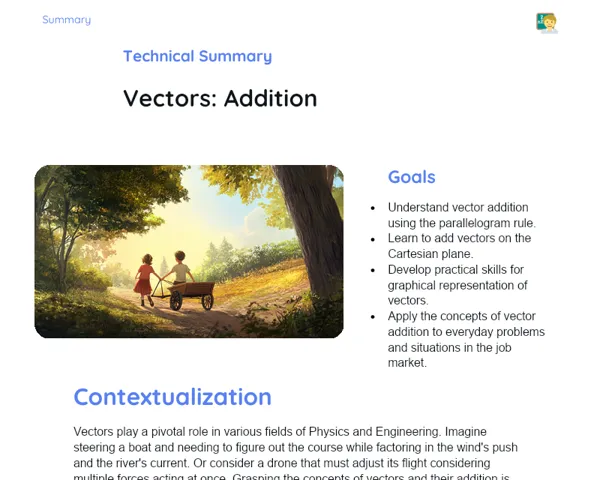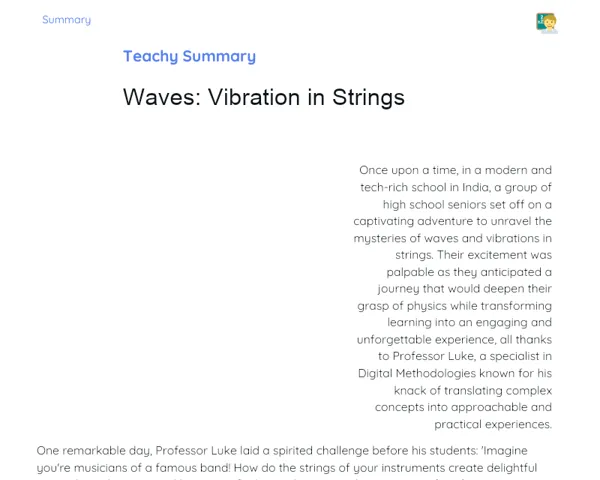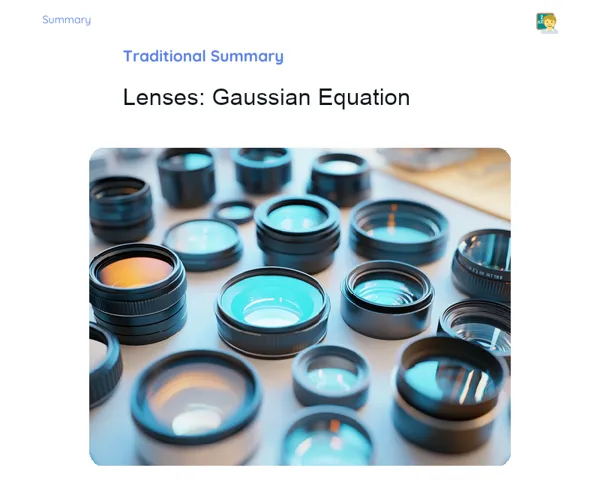Goals
1. Comprehend the concept of magnetic field lines.
2. Identify and visualize magnetic field lines in various practical situations.
Contextualization
Magnetism is a fundamental force that plays a key role in our daily lives, from guiding sailors with compasses to the technology we use today. Grasping the magnetic field and its lines is essential for understanding many applications, including navigational instruments and electronic gadgets. Magnetic field lines demonstrate the direction and strength of a magnetic field, serving as vital tools for scientists and engineers. For instance, the Earth resembles a giant magnet, possessing its own magnetic field that is crucial for navigation and shielding us from harmful solar radiation.
Subject Relevance
To Remember!
Magnetic Field Lines
Magnetic field lines are visual aids that indicate the direction and strength of a magnetic field. They originate from the north pole of a magnet and converge at the south pole, creating observable patterns with iron filings. These lines help illustrate how the magnetic field functions at various points in space.
-
Magnetic field lines never intersect.
-
The spacing of the lines represents the strength of the magnetic field; closer lines indicate a stronger field.
-
These lines assist in predicting the behavior of magnetic materials and electric currents within a magnetic field.
Practical Visualization with Iron Filings
Using iron filings to represent magnetic field lines is an effective method for directly observing the shapes and patterns formed by magnetic fields. By sprinkling iron filings on a sheet of paper placed over a magnet, the filings align along the field lines, making them visible.
-
Iron filings are drawn to magnets due to their ferromagnetic properties.
-
This visualization clarifies how different shapes of magnets (like bar and horseshoe) influence the magnetic field.
-
It's a compelling educational method that bridges theory with hands-on practice.
Technological Applications
The idea of magnetic field lines is instrumental across several modern technologies. From the realms of electrical engineering to healthcare, grasping these fields is crucial for the creation and operation of advanced devices and systems.
-
Electric Motors: Leverage magnetic fields to change electrical energy into motion.
-
Maglev Trains: Employ magnetic repulsion between tracks and trains for levitation, drastically reducing friction.
-
Magnetic Resonance Imaging (MRI): Utilizes magnetic fields to generate intricate images of the human body's interior.
Practical Applications
-
Electric Motors: In electric motors, magnetic fields play a key role in converting electrical energy into mechanical motion.
-
Maglev Trains: Benefit from magnetic fields for levitation and propulsion, enabling high speeds and efficiency.
-
Magnetic Resonance Imaging (MRI): Employs magnetic fields to produce detailed images of the human body, serving as a vital tool in diagnostic medicine.
Key Terms
-
Magnetic Field Lines: Visual representations showing the direction and strength of a magnetic field.
-
Bar Magnet: A type of magnet shaped like a bar, featuring a north and south pole.
-
Horseshoe Magnet: A U-shaped magnet with distinct north and south poles that generates a different magnetic field due to its form.
-
Iron Filings: Fine iron particles used to demonstrate magnetic field lines.
-
Magnetic Field: The area surrounding a magnet where magnetic forces are detected.
Questions for Reflections
-
How did the visualization of magnetic field lines aid in clearly understanding the theoretical aspects?
-
What are the implications of understanding magnetic fields for the development of innovative technologies?
-
In which ways can the study of magnetic field lines lead to breakthroughs in electrical engineering?
Create Your Own Magnetic Field Viewer
Solidify your understanding of magnetic field lines by crafting a simple homemade viewer.
Instructions
-
Collect the materials: a sheet of paper, iron filings, a bar magnet, and a horseshoe magnet.
-
Lay the sheet of paper on a flat surface and position the bar magnet below it.
-
Sprinkle the iron filings evenly across the sheet and watch the field lines form.
-
Draw the observed field lines in your notebook.
-
Repeat the procedure with the horseshoe magnet and compare the magnetic field lines that appear.
-
Engage with your classmates in discussing how different magnet shapes impact the magnetic field and potential technological applications.



